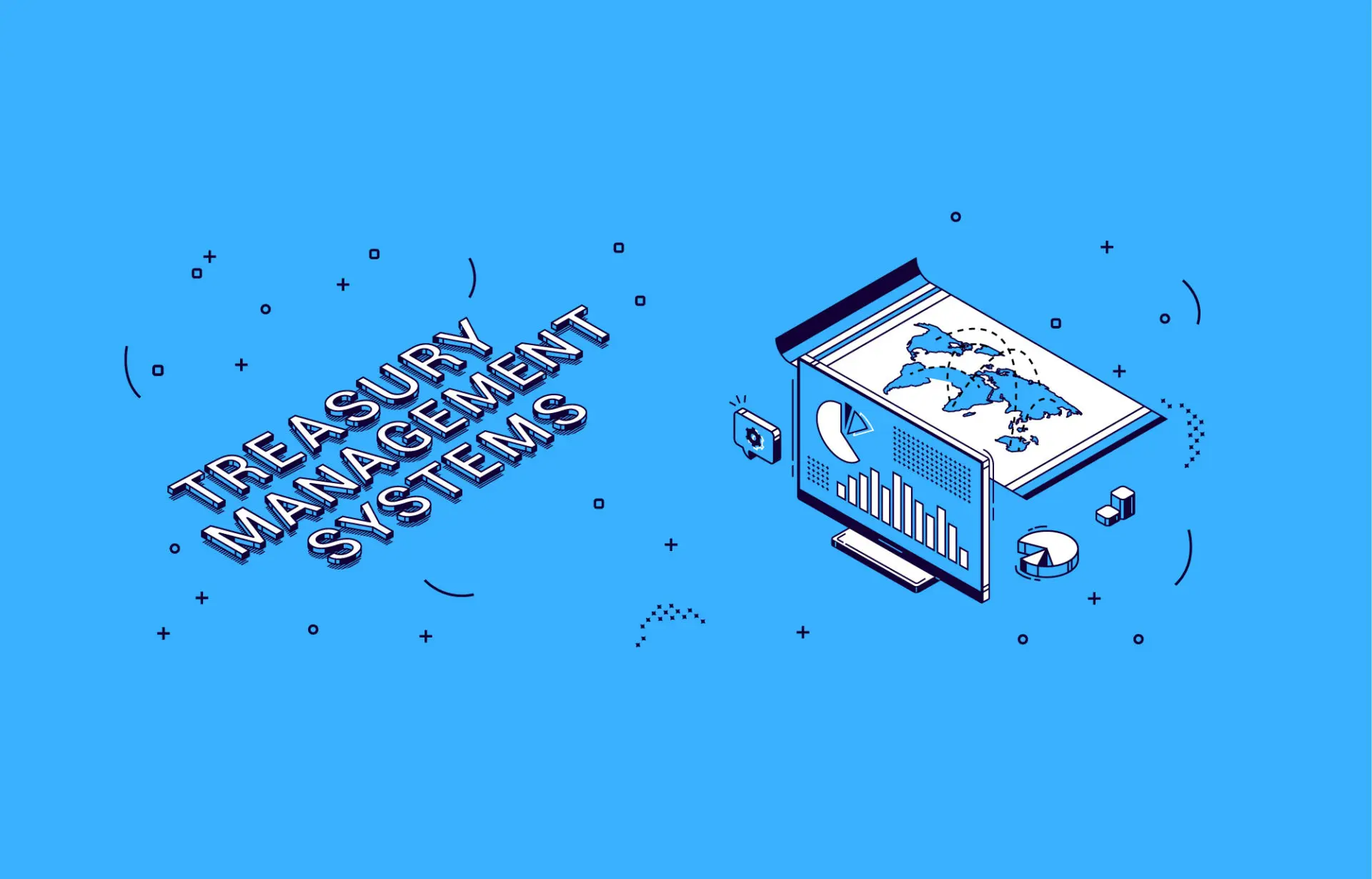During the pandemic, the old adage “cash is king” became more relevant than ever before for companies of all sizes, whose efforts to stay afloat during a global economic and health crisis largely relied on their level of liquidity.
Echoing this sentiment in an exploration of the issue from the banking perspective, McKinsey & Company cited this doubled-down focus on cash and liquidity as one of the main reasons why “liquidity management tools—including treasury management, cash forecasting, supply-chain finance (SCF)—are increasingly being embedded into the new generation of corporate global transaction banking (GTB) portals.”
Indeed, today, many more banks (as well as other SMEs both in and out of the financial sector) are employing Treasury Management System (TMS) solutions to automate some or most of their financial operations, from optimizing cash and managing liquidity to controlling settlements and bank accounts. But while TMSes do introduce a great deal of improvements in efficiency over traditionally manual treasury management operations, there are still significant areas in which TMSes lag behind.

Major Shortcomings of TMSes
One of the most critical drawbacks of TMSes is that these systems are unable to offer a cohesive experience for businesses that truly operate on a global scale.
According to Ernst & Young (EY), cross-border payment flows are expected to reach US$156 trillion this year, with an average annual growth rate of 5% in recent years. Based on this growth trend alone, any sustainable, long-term TMS would also have to be scalable—yet that is not what we are seeing.
TMSes operate similar to traditional banks in that they are unable to provide a singular, global account where users can control all their transactions worldwide. Instead, a corporate TMS is comprised of different treasury accounts in different countries, and it is the transactions among them which are visualized on a singular interface.
While TMSes do make it easier to view, automate, and manage these cross-border transactions, they are far from being able to offer instantaneous transfers between different countries and jurisdictions—making them less of a viable option for companies managing their FinOps internationally.
Considerations Regarding Time and Money
Another noticeable limitation of TMSes is that they are not comprehensive solutions for corporate treasury management. Most TMSes provided by the leading players in the market are modular solutions—so if you want treasury reporting, for example, you’ll have to either deploy an entirely separate solution, or have that functionality added to your specific TMS if possible.
Not only do piecemeal integrations such as these increase the total cost of your corporate treasury management solution, but the whole process also takes a considerable amount of time. Most TMS integrations take around 3-6 months to fully deploy, during which time they can lead to extra operational load and financial burden for the business.
The same goes for customizations to the TMS such as changes to the API or additional system development based on the specific requirements of the business—not only does the list of available add-ons differ from one TMS vendor to the next, but these customizations also take substantial amount of time and money to implement.
Beyond their technical and system requirements, TMSes also have a long way to go in terms of reducing the operational burden on FinOps teams, Treasurers, and CFOs. Sure, the TMS may automate certain payments, but it still requires a team of experts to first establish and then keep track of the different treasury accounts in each country. Add to that the existing role of Treasury departments in managing FX operations, and you begin to see that TMSes do very little to reduce the workload of FinOps teams.
Potential for Improvement with Stablecoins
While TMSes are far from a one-size-fits-all solution for corporate treasury management, the growing market for them does indicate the potential of fintech solutions such as Web3 players and API-based technologies to solve decades-long problems in cross-border treasury management.
One possible improvement to the multiple-accounts dilemma is using stablecoins pegged to the US dollar—as is the case with Arf’s treasury management solution.
By providing “global treasury accounts” that rely on the USDC, Arf is able to leverage its real-time cross-border settlement network to minimize the need for prefunding in each corridor partner’s bank account.
The result is a unified system where licensed MSBs can access higher liquidity with less FX exposure while automating their payments—all from a single API. Finally, a solution that truly unburdens FinOps teams.





